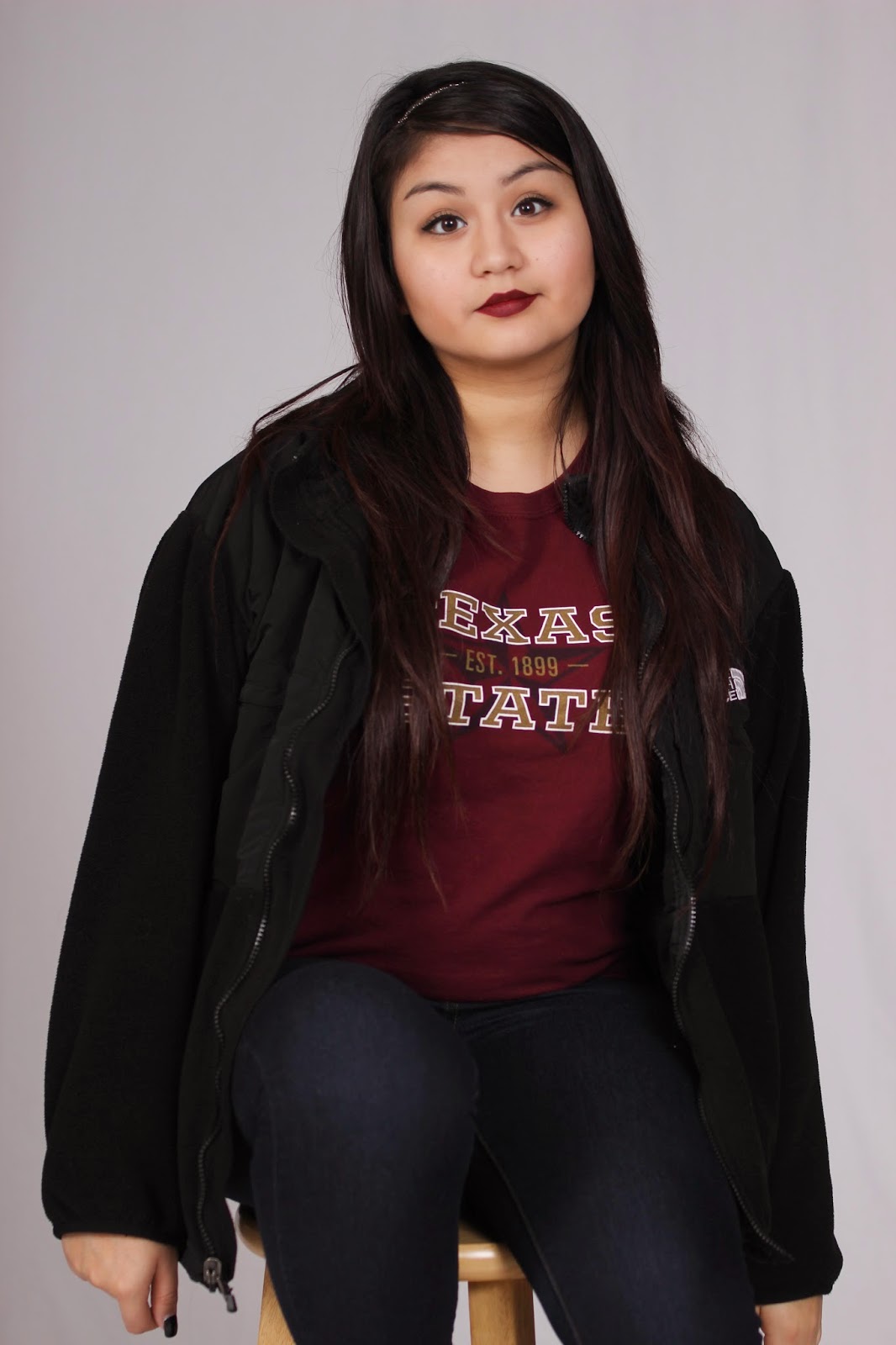10. Filters for Black & White: I you would like to shot in Black & White, yellow, orange, and red filters will help darken the sky and a green filter can help emphasize the different shades of green from the vegetation.
9. Neutral Density (ND) Filter: Adding an ND filter can help you use a slower shutter speed to blur moving water.
8. Filters for Color: A graduated filter will allow you to even up the lighting between the sky and the ground
7. Spare Batteries: In can save your life if one day your camera is low batterie and you have a masterpiece of landscape in front of you.
6. Flashlight: When the grazing light from the low sun emphasizes the contours of the land.
5. Lenses: be prepared for different occasions where a different lens can be more suitable.
4. Tripod: It prevents the camera to shake
3. Photoshop (or similar): fix small problems that will make the photograph better.
2. Camera: need it
1. Your brain: You can be creative
Thursday, February 26, 2015
Landscape Preview
Tip 1: Work with the weather- a sunny day is not always the perfect day to shoot, you can also capture great photos when theres a cloudy day, after a storm or before a storm. In this situations you can get different aspects like rainbows, lightning or big clouds that make the landscape more interesting.
Tip 2: Capture movement- capturing movement in your landscape can give it life, mood, and more interest. It's nature so make it look alive, try to capture moment of water, cloud, or birds.
Tip 3: Change point of view- it can definitely capture more attention if you take time thinking about what angle could make your landscape more attractive.
Tip 2: Capture movement- capturing movement in your landscape can give it life, mood, and more interest. It's nature so make it look alive, try to capture moment of water, cloud, or birds.
Tip 3: Change point of view- it can definitely capture more attention if you take time thinking about what angle could make your landscape more attractive.
Wide Awake Sunflowers
Photo by: B'Rob
Admire Austin
Rob Greenbon Photography
Sky canvas, Tree brushes
Photo by: Larry LeFever
Tuesday, February 24, 2015
Family Portrait Preview
1. Whose family will you photograph?
I would like to photograph my sister's family or one of my aunts family.
2. Where will you shoot?
Maybe go to a nice place out in the county side or in their backyard.
3. What type of lighting will you use?
I want to use as much natural light to make the photos more natural & warm.
4. What equipment will you need?
Probably a tripod, a light reflector.
5. What challenges will you encounter?
I can't really think of any at this moment, maybe how to make them pose.
6. How will you deal with these challenges?
If I come to face any I will try to fix it by giving out suggestions.
7. Ex.
I would like to photograph my sister's family or one of my aunts family.
2. Where will you shoot?
Maybe go to a nice place out in the county side or in their backyard.
3. What type of lighting will you use?
I want to use as much natural light to make the photos more natural & warm.
4. What equipment will you need?
Probably a tripod, a light reflector.
5. What challenges will you encounter?
I can't really think of any at this moment, maybe how to make them pose.
6. How will you deal with these challenges?
If I come to face any I will try to fix it by giving out suggestions.
7. Ex.
Friday, February 20, 2015
Studio Shoot- set 3
BUTTERFLY- key, fill, and background light
SHADOWLESS- fill light and background light
LOOP- key,fill, and background light
REMBRANT- key,fill, and background light
SPLIT -key,fill, and background light
Studio Shoot- set 2
SHADOWLESS- just the fill light
LOOP-key light with fill light
REMBRANT -key with fill light
SPLIT -key and fill light
BUTTERFLY- with a key and fill light
Wednesday, February 18, 2015
Studio Shoot- set 1
BUTTERFLY- just one fill light
LOOP- only one key light
REMBRANDT- only one key light
SPLIT- only one key light
SHADOWLESS- only one key light
Tuesday, February 3, 2015
Canon 6D vs T3I
1. What is the difference between a Full Frame Camera and a Crop Sensor?
2. What are five advantages of the 6D compared to a T3i?
The camera's sensor size is known as the "crop factor" or "crop sensor", compared with a "full frame" that is a sensor of 24mm x 36mm. A full frame sensor has a better image quality, but they have a disadvantage in ISO performance than with a crop sensor.
2. What are five advantages of the 6D compared to a T3i?
- the 6D camera has a full-frame
- about 30% better image quality
- it can distinguish 1.7 more bits of color
- it's more comfortable to hold
- battery endurance
The Canon 5D Mark III has a 61 point AF and in comparison with a 6D that has an 11point AF with one across-type Af sensor in the center.
Canon 5D
6D
Subscribe to:
Posts (Atom)




















